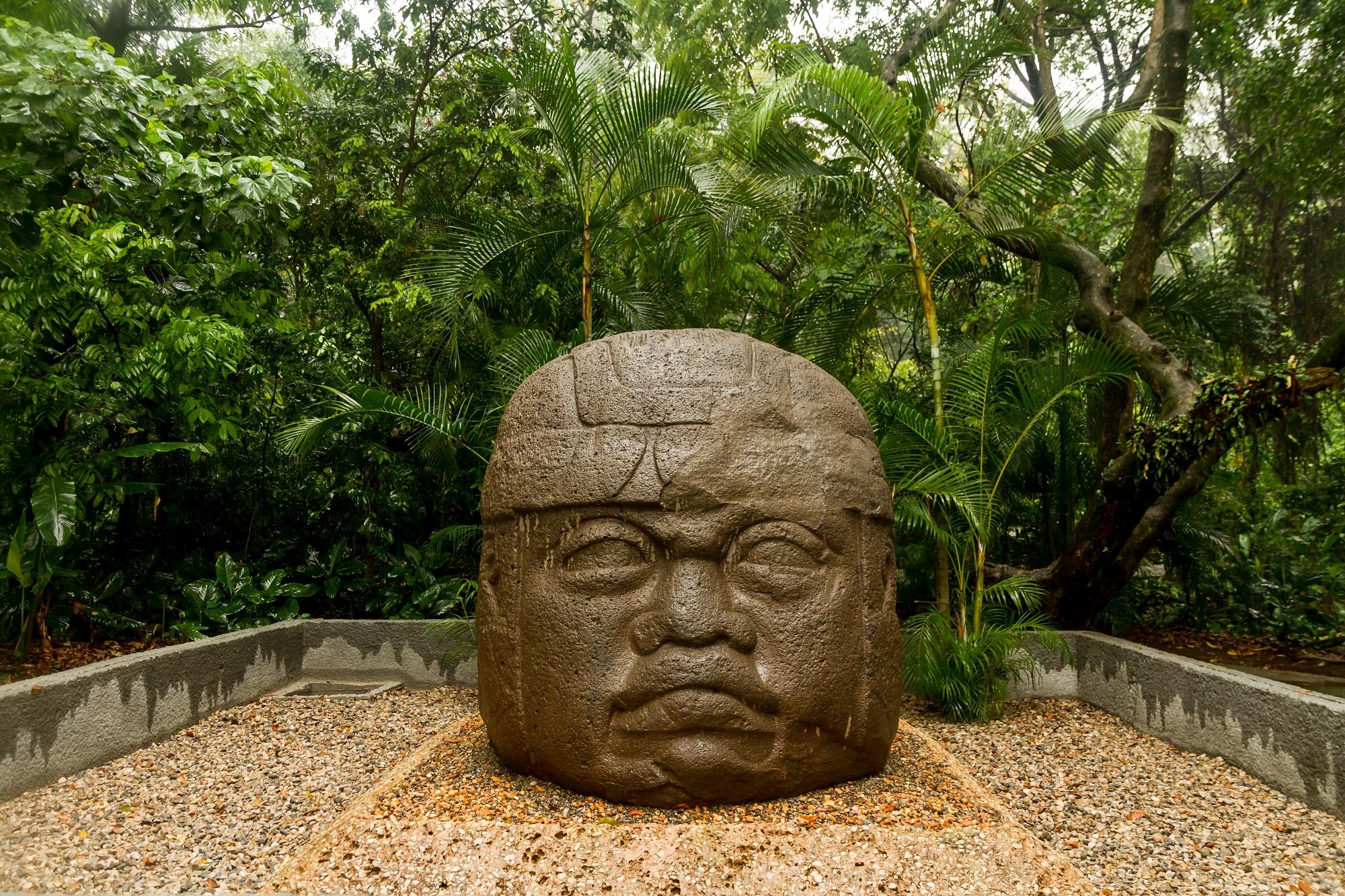

Most of the Olmec farmlands present the qualities resulting from this technique.

The main technique used in Olmec crops was slash-and-burn, which consisted of burning a whole extension of plants and weeds on the ground, letting the ash settle, which works as fertilizer, and then sowing the required product. This civilization had to generate an agriculture adapted to the dense jungle in which they were found, with uneven terrain and river difficulties that they had to overcome. The regions occupied by the Olmecs presented totally different ecosystems in the Pre-Classic. The Olmecs also took advantage of the consumption of local plants and fungi typical of the region. Most of the products cultivated by the Olmec civilization are still produced today. However, little is known of the importance they had in the Olmec diet. The dense land environment did not provide the best conditions for hunting, although it is known that jaguars, wild boars, deer, tapirs, among others, inhabited the region. A region that presented natural characteristics of thick jungle and river bodies of great importance. The main region where the Olmec presence was known corresponds to the Gulf of Mexico, the main regions of this culture being San Lorenzo de Teotihuacán, La Venta and Tres Zapotes. Located in the south of Mexico, the Olmecs adapted the different conditions of the terrain in their favor, inventing and developing different techniques for agricultural production throughout their entire period of existence (1500 BC - 500 BC approximately). Considered the mother of Mesoamerican cultures, Olmec agriculture laid the foundations, not only practical, but also organizational, for societies that would extend from the Pre-Classic to the Pre-Hispanic period. The Olmec agriculture It was the main sustenance activity for the Olmec civilization, one of the most important in Mesoamerica during the Pre-Classic.


 0 kommentar(er)
0 kommentar(er)
